Mahabodhi: The Great Buddhist Temple
₹895.00
In stock
Too Good to Resist Sale is Live BUY AND SAVE NOW
Marking the spot of Buddha’s enlightenment, Bodhgaya is greatly revered by Buddhists, especially for the bodhi tree beneath which the Master sat in meditation. After the death of Buddha, Bodhgaya flourished as an important religious center and numerous shrines, stupas and monasteries were erected. The site continued do attract pilgrims and was only abandoned in the fifteenth century.
The revival of interest in Bodhgaya began in 1802, when the Burmese sent a mission there. It soon attracted the attention of British administrators as well. Francis Buchanan-Hamilton visited the site in 1811, and published a report in 1836. Alexander Cunningham first visited the site in 1861, and recommended that excavations be conducted. There were undertaken by Major Mead in 1863, but no report was published. Cunningham returned to Bodhgaya in 1871, and then published a comprehensive report. Between 1875 and 1880, the British government in cooperation with the Burmese mission, began to repair the site thoroughly.
The remains of Bodhgaya date from as early as the Maurya and Shunga eras, as well as from later Gupta and Pala periods. The site is dominated by the soaring tower of the Mahabodhi temple, which is built in front of the bodhi tree. The temple is one of the important monuments of ancient India and has been fraught with controversy, since the late nineteenth century, when restorations gave it its present form. Built over earlier temples, it stands on the site of the Buddha’s enlightenment and is the sole survivor of monumental brick traditions in eastern India. The temple is surrounded by a stone railing and innumerable votive stupas and several shrines.
Present work first published in 1892, is a detailed report of Alexander Cunningham’s visit to the temple in 1881, and describes in detail the important discoveries made by him.
About the Author:
SIR ALEXANDER CUNNINGHAM (1814-93) was the first Archaeological Surveyor to the Government of India (1861-65), the department was abolished in 1865, but revived in 1870, with Cunningham as the Director, he held the post until he retired in 1885. Apart from his official reports of his annual tours and his occasional contribution to the Asiatic Society of Bengal, he wrote on Ladakh, The Bhilsa Topes, The Ancient Geography of India: The Buddhist Period, Corpus Inscriptionum Indicarum, Vol.I, Inscriptions of Ashoka, The Stupa of Bharhut, The Book of Indian Eras, Mahabodhi: Coins of Ancient India, Later Indo-Scythians, Coins of Medieval India, Coins of Indo-Scythians, Sakas and Kushanas, and Coins of Alexander’s Successors in the East.
Additional information
| Weight | 0.5 kg |
|---|---|
| Dimensions | 10 × 11 × 12 cm |
| Book Author | Alexander Cunningham |
You must be logged in to post a review.
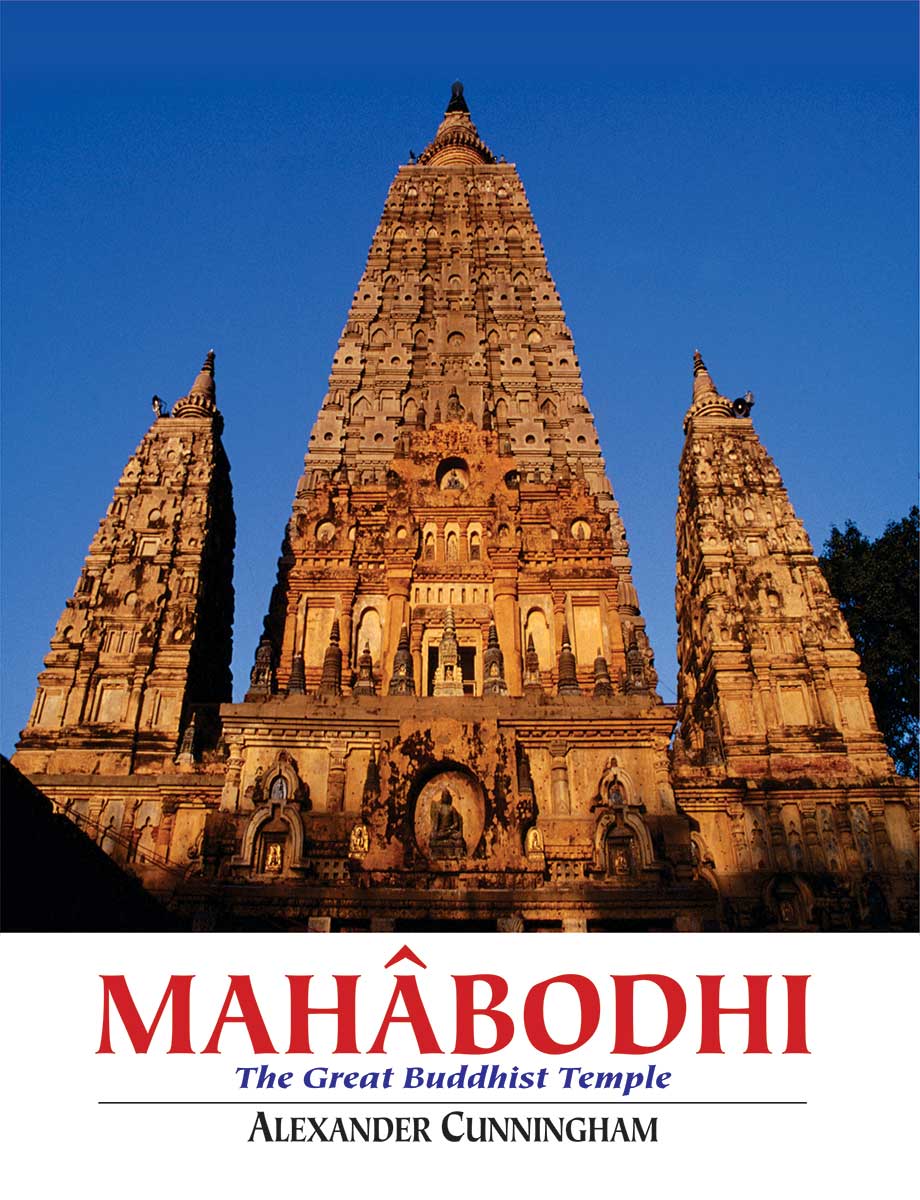
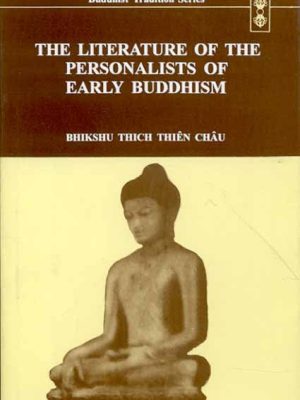
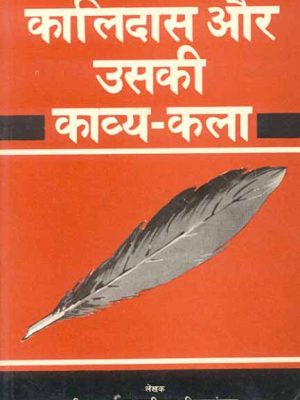
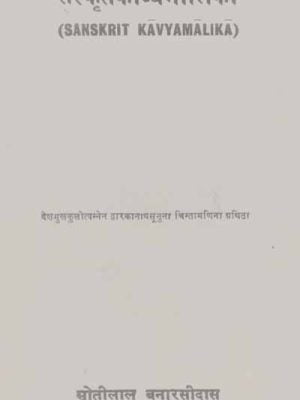
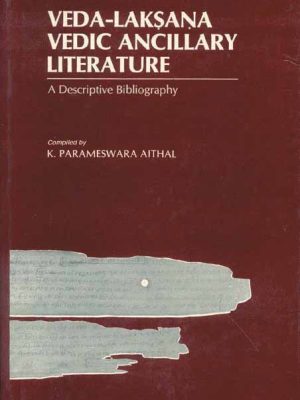
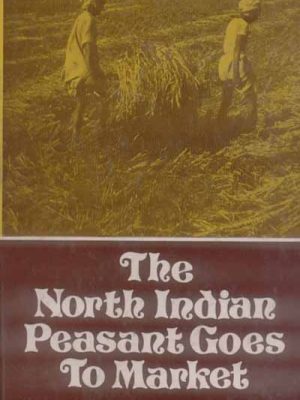


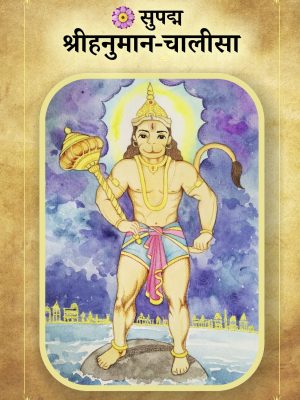


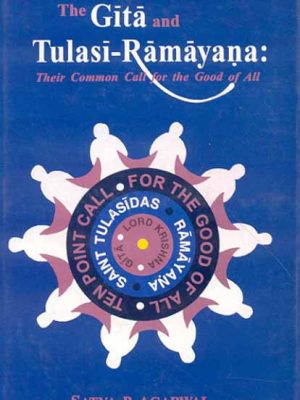
Reviews
There are no reviews yet.